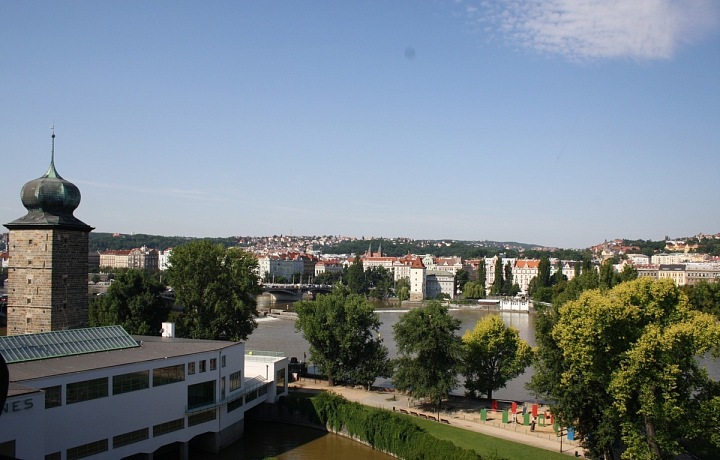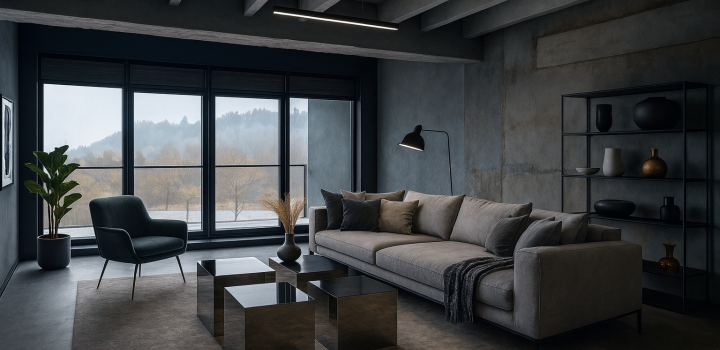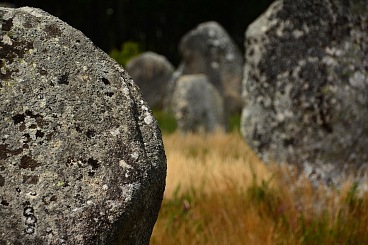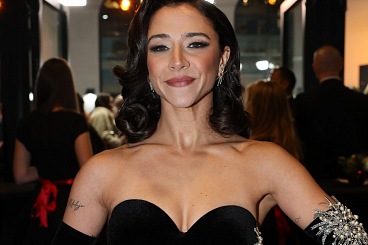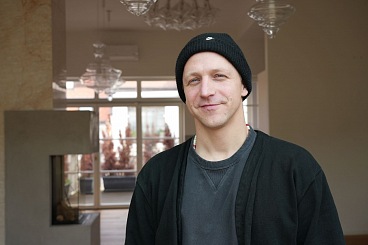The Luxurious Masaryk Riverbank
How the riverbank got its name
This lengthy road begins in 1903, when this part of the riverbank around Žofín was completed and bore the name of Františkovo nábřeží (Franz Riverbank) along with today’s Smetanovo nábřeží (Smetana Riverbank). Then came the year 1912 and the new name Riegrovo nábřeží (Rieger Riverbank), followed by Gottwaldovo nábřeží (Gottwald Riverbank) in 1946, and finally in 1990 the current name which has lasted to this day.
The riverbank in the 19th Century
In the early 19th Century, the riverbank was still unregulated and server millers and tanners. The only thing that remains of the original Štítkov Mills, which were once located here, is the Štítkov water reservoir, the tallest in Prague with its 47 metres. Its history dates back to 1588 – 1591, when it supplied water to the New Town waterworks network.
The riverbank was modified by architect František Sander, whose work we can see in the fresco on building no. 236, depicted in a unique and luxurious mural by artist Láďa Novák.
Luxurious wonders of Masaryk Riverbank
If you stroll along this riverbank, you will observe the Vltava River from the right bank. Your route starts at Jiráskově náměstí, continues past Žofín (Slovanský Island), the National Theatre all the way to the Legions Bridge, which is the seventh bridge going downstream. In addition to these landmarks, the riverbank is also home to the Goethe Institute (Czech branch of the German non-profit associated based in Munich).
Art Nouveau architecture by the Vltava
The councillors already realised the exclusivity of this location at the beginning of the previous century, when the construction of representative and luxurious buildings in the decorative Art Nouveau style started here. Some worth mentioning – the monumental and unmissable building of the former Zajišťovací banka (Reinsurance Bank), the house for former Prague builder Matěj Blecha or Dům U Vávrů (Vávra House).
Another major jewel of the Art Nouveau era is the building of the famous Hlahol choir by Josef Fanta, a leading architect of the period.
These buildings are built in an artistic style that documents the end of historicism and opens the way for modern design.
Finally, people who lived here
First Republic and wartime film star Hana Vítová lived on the third floor of the Hlahol building on Masaryk Riverbank. Equally famous actress Adina Mandlová also lived on the fourth floor of the same building.
Masaryk Riverbank preserves a picturesque memory of the Golden Age whilst looking towards the future.







